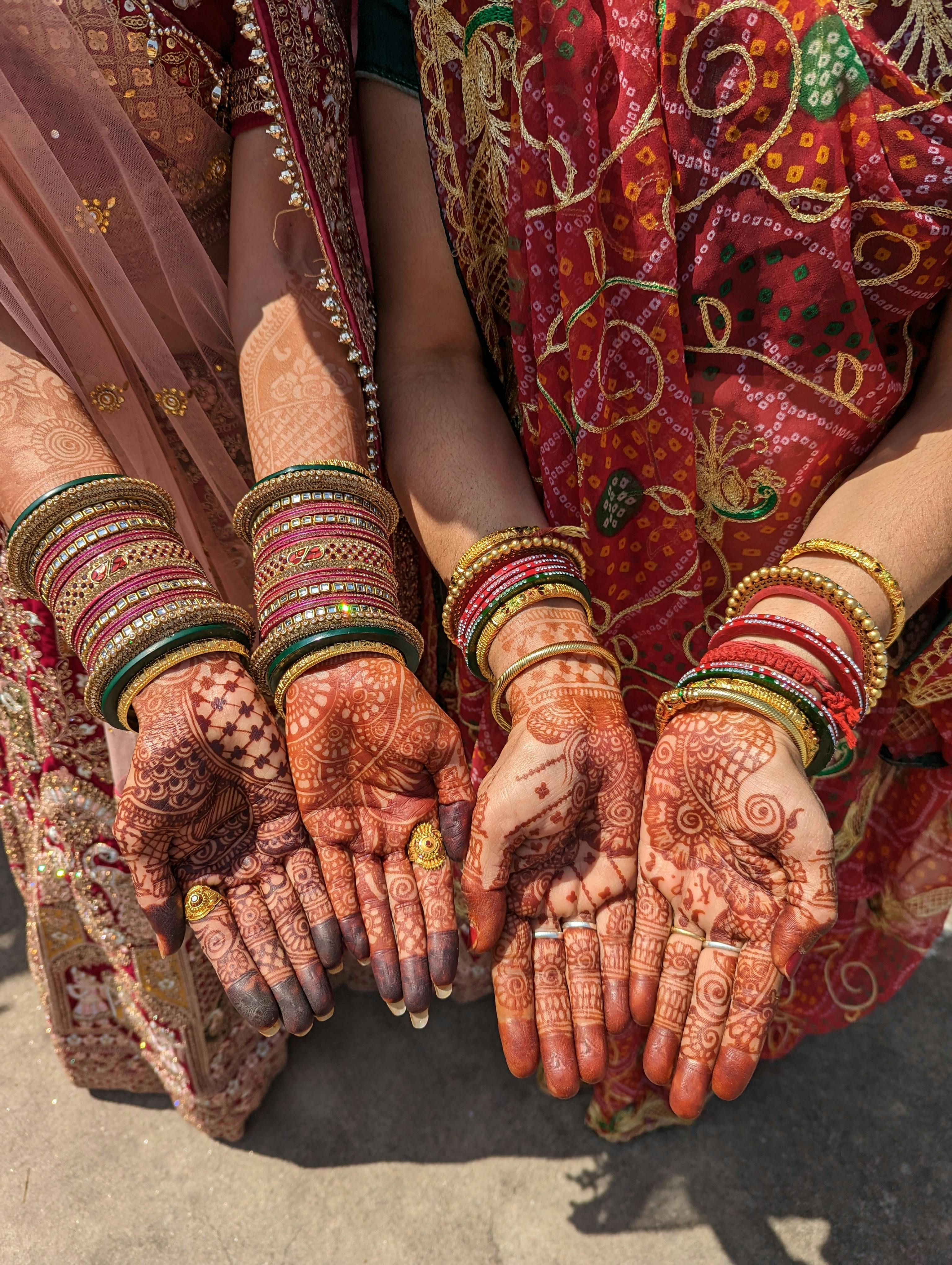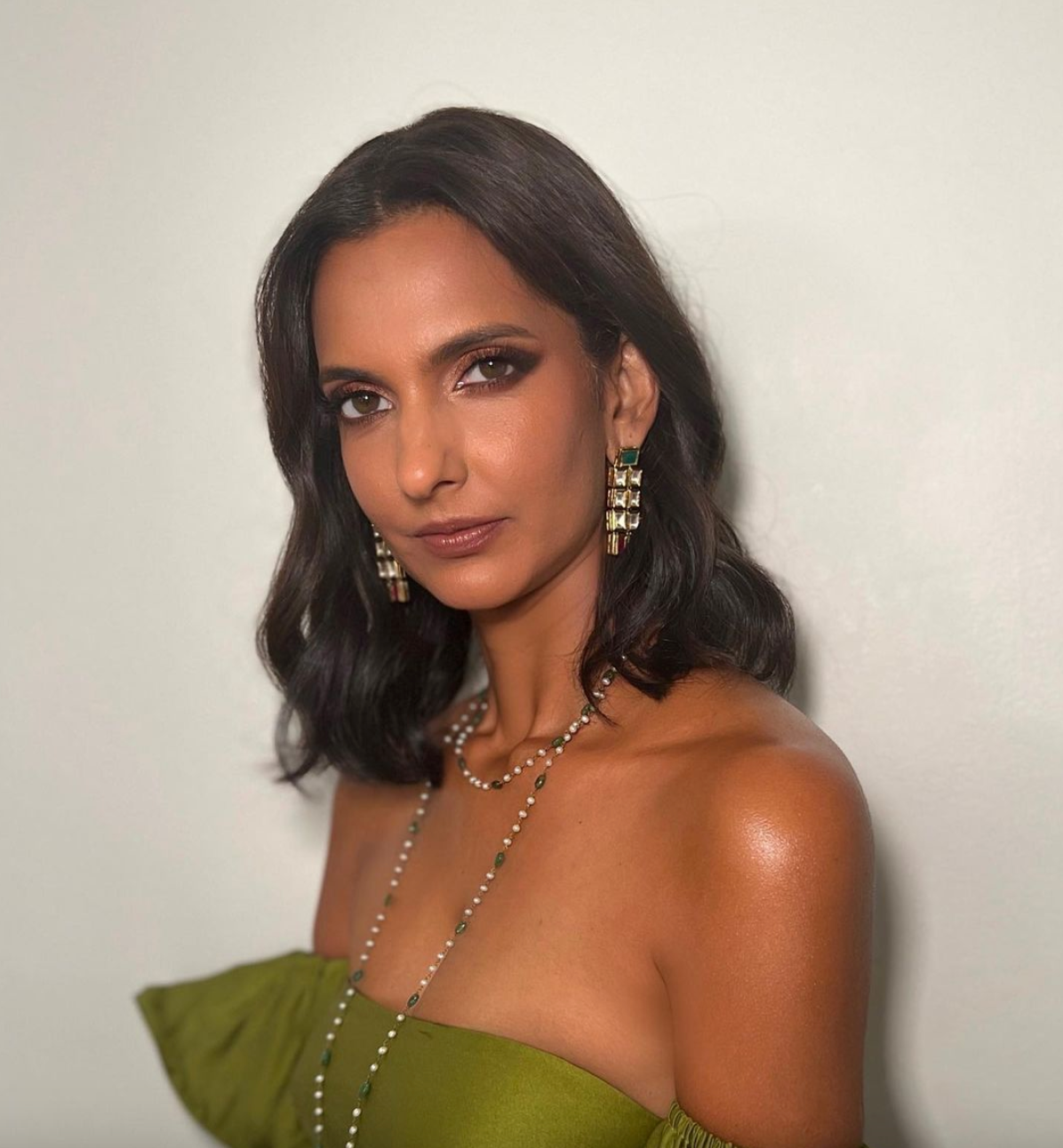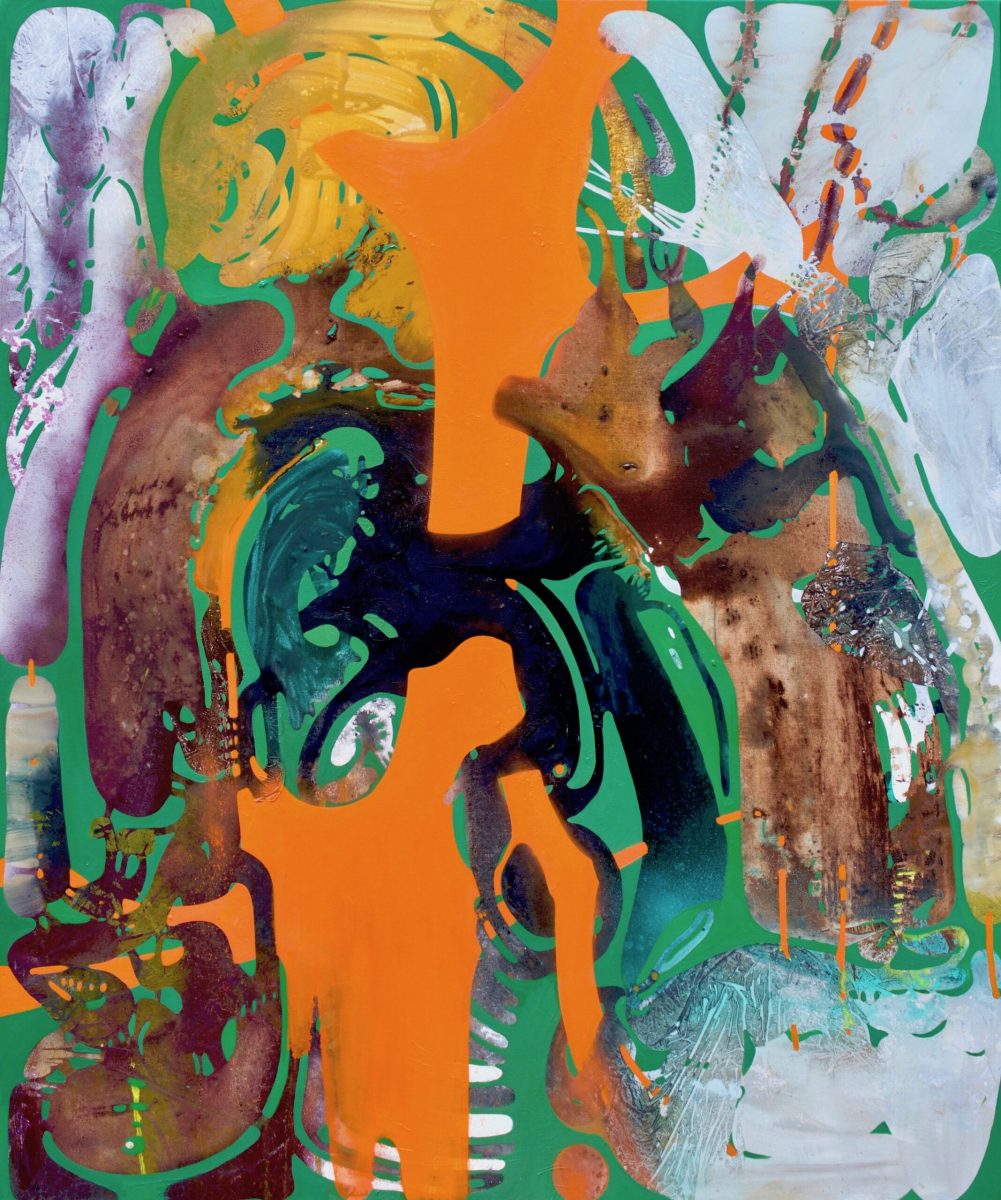In a world that often measures beauty against Eurocentric ideals, brown women and South Asian women find themselves navigating a complex web of societal expectations that dictate their worth based on factors like skin color, body types, and hair. This article aims to delve into the intricate tapestry of challenges faced by these women, drawing inspiration from personal experiences and the narrative shared by Simra Mariam in her article, "Daring To Be Dark: Fighting Against Colorism In South Asian Cultures."
The Legacy of Colorism:
Simra Mariam's recounting of her encounters with Fair and Lovely, a widely popular skin-lightening cream, sheds light on the deep-seated issue of colorism within South Asian cultures. The hierarchical caste system, colonial influences, and societal perceptions have contributed to the unfair valuation of lighter skin over darker counterparts. The article recognizes the pervasive nature of colorism and how it disproportionately affects women.
Body Image and Beauty Standards:
Colorism is just one aspect of the multifaceted challenge brown women face. Growing up with praises for her fair complexion, Mariam highlights the discomfort that arose from being treated differently from her darker-skinned relatives and friends. This disparity extends beyond skin color, seeping into perceptions of beauty and desirability based on body types.
Media Representation and Its Impact:
The media plays a significant role in perpetuating unrealistic beauty standards. The article addresses the discrepancy in the representation of dark-skinned individuals in South Asian film industries and modeling agencies. Despite the majority of the population having darker skin tones, the entertainment industry often favors lighter-skinned individuals, perpetuating harmful stereotypes and reinforcing biases.
Campaigns for Change:
Amidst the challenges, the article introduces positive initiatives aimed at challenging colorism. Nandita Das and Sabyasachi Mukherji emerge as advocates for change, using their platforms to challenge beauty norms. The "Dark is Beautiful" campaign and the "Unfair and Lovely" global campaign showcase the power of activism and community in challenging prevailing stereotypes.
The Role of Millennials:
While the millennial generation has made strides in celebrating diversity, the article acknowledges that colorism still exists within South Asian families. Young girls, in particular, are vulnerable to societal expectations. The narrative encourages future parents and role models to actively counteract these stereotypes, emphasizing that beauty goes beyond skin deep and is not determined by societal norms.
Conclusion:
In conclusion, breaking brown barriers involves dismantling age-old stereotypes that dictate beauty standards for South Asian women. Simra Mariam's personal experiences, coupled with insights into historical and societal influences, provide a comprehensive understanding of the challenges faced by brown women. The article calls for collective efforts to challenge colorism, redefine beauty standards, and create a more inclusive and accepting society for future generations. Embracing one's natural beauty, irrespective of skin color, body type, or hair texture, becomes a powerful act of resistance against societal norms that seek to confine and define. As the fight against colorism continues, it is essential to foster a culture that celebrates diversity and recognizes the inherent beauty within every individual.



